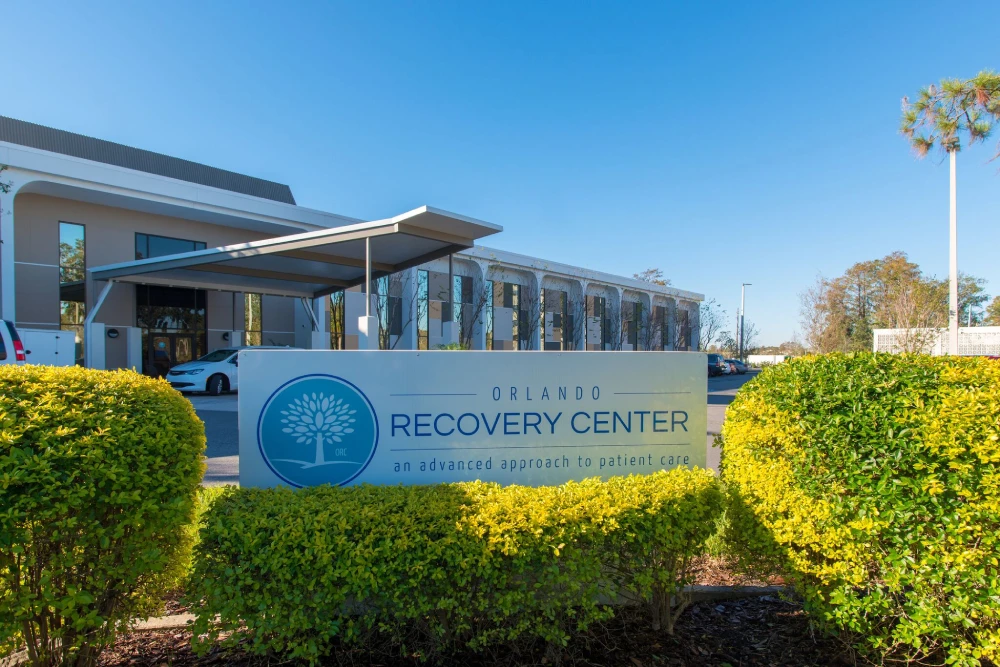Many people take methadone in order to treat opioid addiction, but this medication can still create risks like dependence, addiction and overdose.
Methadone is a medication commonly used in opioid addiction treatment. It can help reduce cravings, prevent withdrawal symptoms and help people maintain long-term recovery. However, because methadone is also an opioid, there are still certain risks involved with its use.
All opioids — even less potent ones like methadone — can lead to abuse, dependence, addiction and overdose. Before taking an opioid medication like methadone, it’s important to be aware of its potential side effects, risks and long-term impact.
Signs of Methadone Use
It can be difficult to tell when someone is using methadone, especially if they’re taking a recommended dose. This is primarily due to the drug’s59-hour half-life, which is much longer than that of more potent opioids, such as heroin. This long half-life is also the reason why methadone does not create a powerful high.
A drug’s half-life refers to how long it takes for half of the drug to be cleared from the body. It normally takesfive half-livesto completely clear a drug from the system. This means that most people will clear methadone from their systems 295 hours after the last dose.
Although it can be hard to see signs of methadone use when it’s taken as prescribed, they can still occur. These signs are more likely to appear when someone first begins methadone treatment, and they can vary depending on the person and the dose they take. Signs mayinclude:
- Nausea
- Vomiting
- Sweating
- Constricted pupils
- Slowed breathing
- Constipation
- Confusion
- Drowsiness
Methadone Tolerance, Dependence and Addiction
In small doses, a person taking methadone may still be able to function normally in their day-to-day life. If they start taking higher doses in response to a growing methadone tolerance, however, this can change. They can start to seem sluggish or become unable to do things like driving a car or operating machinery.
Often, as a person begins to develop an opioid tolerance, they will become increasingly focused on trying to get more to achieve the same effects. They may attempt to get multiple prescriptions from different health care providers, and they may start taking higher doses. When it seems as if a person’s biggest priority involves obtaining and taking methadone — and they’re failing to meet work, family and social commitments — it’s often a sign of addiction.
If someone with methadone dependence or addiction stops taking the drug, they will likely experience withdrawal symptoms. These symptoms caninclude:
- Yawning
- Restlessness
- Sweating
- General achiness
- Gastrointestinal issues
- Vomiting
- Cramps
Compared to other opioids, methadonewithdrawal symptomscan take longer to appear (up to 48 hours). However, they may also last longer (up to 10 days).
Physical Symptoms of Methadone Use
The first time someone takes methadone, they may feel common physical side effects. Thesecan include:
- Weakness
- Headache
- Gastrointestinal problems (constipation, nausea, vomiting)
- Weight gain
- Loss of appetite
- Sore tongue
- Dry mouth
- Flushing
- Sweating
- Vision problems
- Problems urinating
- Sexual problems
- Missed menstrual periods
- Sleep problems
- Slower reflexes
- Clamminess
- Trouble concentrating
- Weak muscles
Some physical symptoms, such as altered sense of perception, lightheadedness and sedation, are the reasons why people abuse methadone. While the high may not be as powerful as with other opioids, it can still lead to feelings that some may find appealing.
There can also be severe methadone side effects. Some of the more serious effects on the body caninclude:
- Seizures
- Itching, hives or rash
- Rapid heartbeat
- Nervousness
- Restlessness
- Swelling of the mouth, tongue and throat
- Swelling of the face and eyes
- Difficulty swallowing
- Difficulty breathing
- Severe drowsiness
- Fainting
- Hallucinations
Impact on Long-Term Health
For most people who take methadone as a way to recover from opioid addiction, the long-term health benefits outweigh the risk of possible side effects. For this reason, many people remain on methadone treatmentindefinitely.
Methadone canhelp improvelong-term physical and psychological health, especially in regard to:
- Reducing risk of HIV/AIDS, hepatitis C and other bloodborne diseases
- Improvement of family life and relationships
- Improved employment prospects
- Improved sleep
- Improved appetite
- Increased sexual desire
Can You Overdose on Methadone?
It is possible tooverdose on methadone, either accidentally or intentionally. The amount necessary to overdose varies based on the individual and their level of opioid tolerance. A person can also overdose on methadone if they take it with other painkillers, such as oxycontin, morphine or hydrocodone.
Methadone doesn’t cause a powerful rush of euphoria like other drugs, but it is relatively inexpensive. People who are addicted to other drugs may unintentionally overdose on methadone while trying to achieve a high. Additionally, a person may not realize that methadone is extremely long-acting. As a result, they may take too much too quickly, causing the drug to build up in their system.
If you or someone you love is struggling with methadone use or an opioid addiction, The Recovery Village is here to help.Contact ustoday to learn more about treatment plans and rehab programs that can work well for your needs.
















